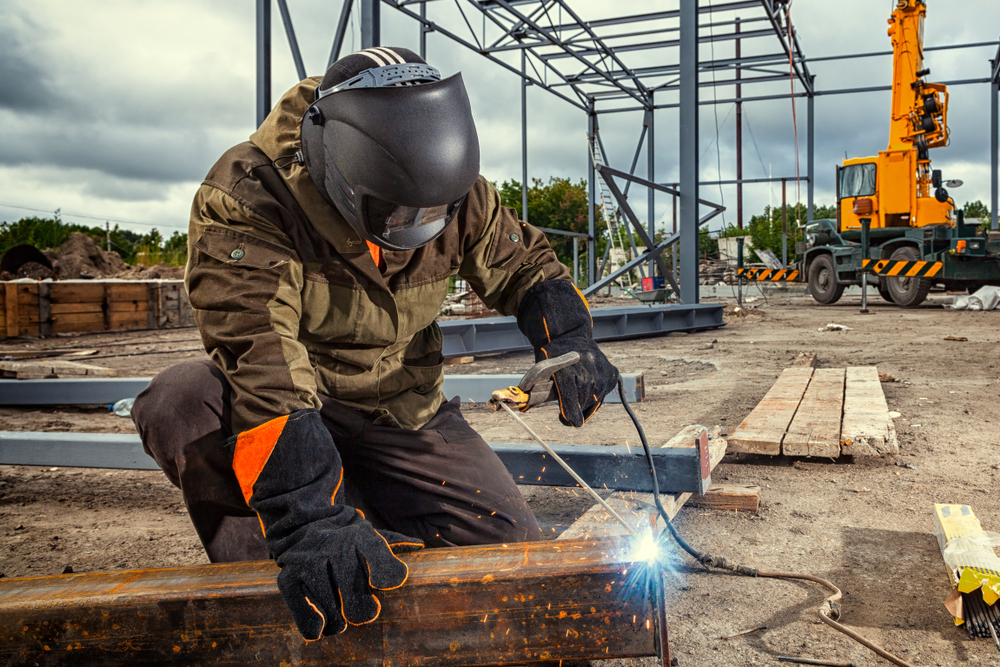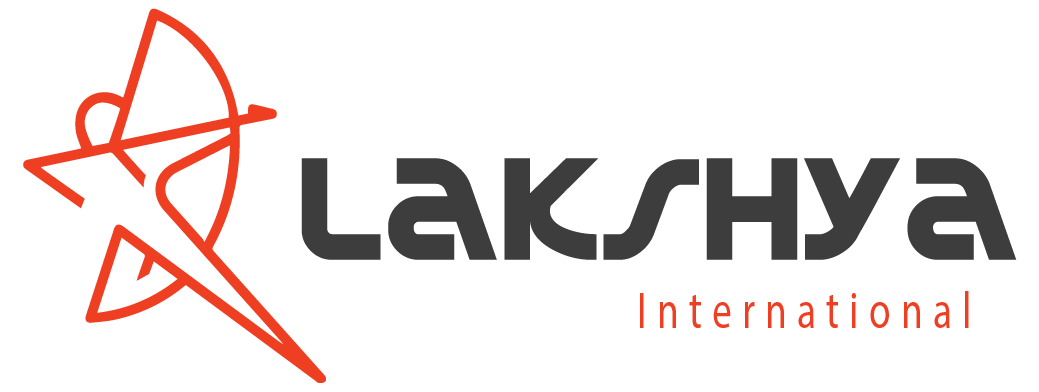Few metals can equal stainless steel’s ability to survive extreme environments and remarkable resistance to corrosion. This makes it perfect for a variety of industries, including chemical processing and medical equipment.
But when working with metal, welding is frequently necessary to produce intricate shapes, build substantial structures, or reinforce essential design elements.
Are welds made of stainless steel strong and trustworthy, and does stainless steel still have advantages after welding?
The weldability of stainless steel, suitable welding techniques, and filler materials for the various grades and types of stainless steel on the market will all be covered in this guide.
So Can you Weld Stainless Steel?
Yes.
The process of welding stainless steel is very similar to that of welding other metals.
To prevent increasing grain growth or weakening the steel when welding stainless, you must carefully manage the heating and cooling cycles.
High temperatures, such as those produced during welding, can cause stainless steel’s chromium to combine with its carbon.
Without this chromium, the chromium oxide layer that gives stainless its distinctive corrosion and stain resistance cannot regenerate.
To achieve a robust weld and preserve the corrosion resistance of the welded regions, it’s also important to match the filler metals with the materials being welded.
What Welding Methods Work Best With Stainless?
As long as you are careful to consider the filler material and temperature needs of the metals you are joining, the majority of welding techniques work well with stainless.
Options include:
Tungsten Inert Gas (TIG) Welding or Gas Tungsten Arc Welding (GTAW)
Resistance Welding
Spot Welding
Metal Inert Gas (MIG) Welding or Gas Metal AC Welding (GMAW)
Stainless steel works nicely with stick and wire feed welders. Flux-cored stainless is not widely accessible, thus gas is necessary for MIG welding stainless steel and wire feed welders.

Thin metals respond well to TIG because it requires less heat. When combined with a single-sided welding procedure, this reduces warping and improves corrosion resistance.
The least expensive alternative is spot welding, however, it could not provide the same strength as MIG or TIG welding stainless steel.
Which solution will be ideal for you will typically be highlighted by the form, thickness, species, and grades of steel involved in your project, as well as the size of the welds required.
For austenitic steels, you will want to complete the weld in many passes due to the maximum interpass temperatures of most grades.
Allow the base metal to cool once it reaches about 176C (350F) to reduce the possibility of the metal breaking or losing its corrosion resistance.
However, due to a minimum interpass temperature, martensitic steels often need to be preheated and maintained in a specified range between roughly 204C (400F) and 315C (600F) while welding.
Failure to do so may result in the metal becoming embrittled and prematurely hardening.
With limitations around 148C, ferritic steels have among the lowest maximum interpass temperatures of stainless steel (300F).
Increased temperatures may promote grain expansion and weaken the grain. For best results, preheating may also be necessary for high-carbon ferritic steels.
Finally, due to the different compositions of duplex grades and their combination of austenitic and ferritic qualities, duplex steels often demand unique techniques using high heat inputs and low interpass temperatures.
5 Guidelines for Safe, Durable Stainless Steel Welding

Regardless of the stainless steel you use, the following advice will ensure a strong weld and long-lasting results, though it is advisable to adjust your technique to the needs of your project.
Always clean stainless surfaces before welding, for example.
High-carbon steels and other metals can contaminate stainless steel. When this occurs, the stainless steel’s ability to resist corrosion is considerably reduced.
Cleaning your stainless steel surface will strengthen the weld while also lowering the danger of contamination.
If you’re using a wire brush to clean the surface, make sure that the steel is solely stainless steel because any minute particles from other metals that are left on the brush during cleaning could cause issues later.
To further lower the possibility of contamination, specialized pickling, and cleaning processes can offer a brushless approach of cleaning stainless that is safe for welding.
Select A Filler Substance That Is Comparable To The Metals You Are Welding.
A robust weld and continued corrosion resistance of your stainless steel depend on the selection of the proper filler material.
Think about the steel grades and any added suffixes when selecting a filler.
For instance, you wouldn’t want to weld a low-carbon stainless steel like 316L with a high-carbon stainless steel like 316H.
In general, you want to use a filler that matches or exceeds the grades of the base metal to get optimal outcomes, however, exact recommendations depend on the metals you’re employing.
To account for the balance of austenitic and ferritic qualities in the grade of duplex stainless you are welding, you may need to chemically modify your filler metals for duplex steels, such as by adding nickel.
Track Material Temperatures Using a Reliable Tool
The key to efficient, effective welding of stainless steel is temperature control. A quick and easy technique to guarantee lasting results and prevent compromising the quality of your stainless is to keep an eye on the temperature during the welding process.
Options for commonly used temperature monitoring include:
Temperature-indicating sticks: These sticks are trustworthy and effective for monitoring temperatures when welding. However, the temperature range that they can track is frequently constrained. To precisely track temperatures when welding over a range, you’ll need a variety of sticks.
Electronic infrared (IR) thermometers: IR thermometers enable precise and speedy temperature monitoring when you have a line of sight to the base metal. However, there may be issues with accuracy due to the lighting and metal finish.
Electronic surface temperature probes: When you can mount probes in your welding area, that is perfect. Keep in mind workspace restrictions and possible positioning issues before continuing because they must touch the base metal’s surface in order to read temperatures.
Be Sure To Check Thinner Stainless Parts For Warping
The corrosion resistance and strength of stainless steel can be impacted by overheating. However, there is an added danger of warping when working with thin stainless steel parts or sheets.
Start with low temperatures and use tack welds to hold components in place before filling in the weld later to reduce the likelihood of warping.
Welding in brief bursts of 3 to 5 seconds can assist prevent overheating while enabling you to correctly and rapidly weld if tack welds cannot be used to place the base metals.
Always Consider Corrosion Resistance Of Welds

Make sure to treat weld locations to prevent corrosion if you are not using a filler that is corrosion-resistant.
Your welds will be as strong and long-lasting as the stainless around them by using primer, clear paint, pickling, or passivation treatments to improve corrosion resistance.
Lakshya International has been a dependable source of stainless steel since 1987 for businesses all throughout India. It is also a top supplier of parts, forms, and components. Consult with one of our knowledgeable experts if you’re looking for ways stainless steel could benefit your upcoming project. We can assist in making sure you are using the best stainless steel options on the market, from the best grades for your intended use to welding issues with stainless steel.
Read More :
What Methods Of Heat Treatment Are Utilized In The Production Of Steel? : The oil and gas industry employs a wide range of advanced techniques. One such crucial technique is the use of heat treatment. It is an essential stage in the creation of a number of materials used in the oil and gas industries.
A Look into the Process of Galvanizing Steel Pipes: Galvanized iron pipes are used for a lot of practical things, like moving water, farming, phone lines, and plumbing. Galvanized iron pipes can be used both inside and outside because they are strong and don’t rust.

